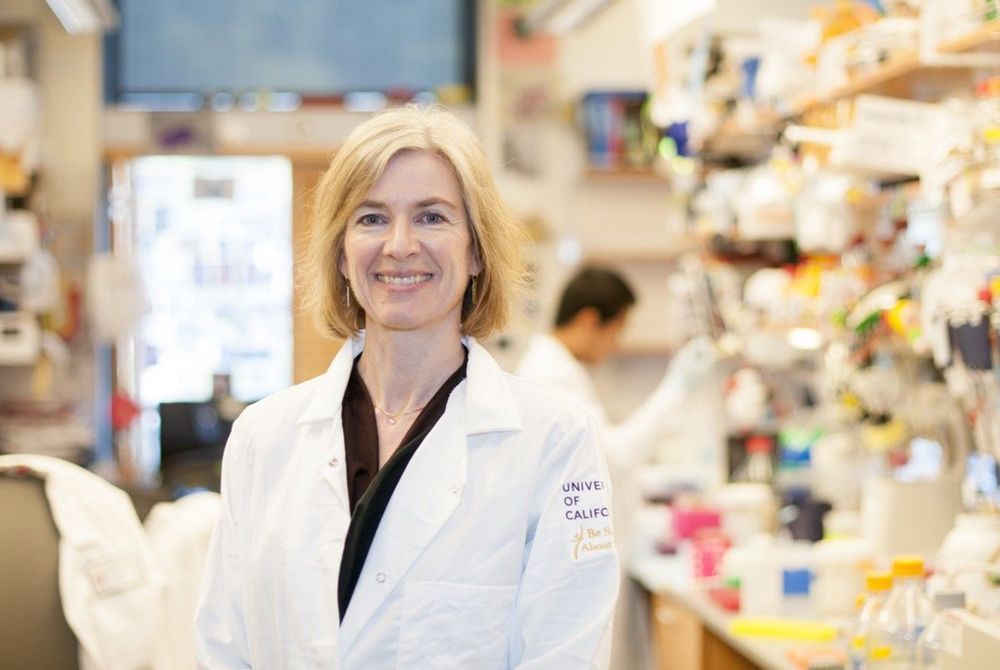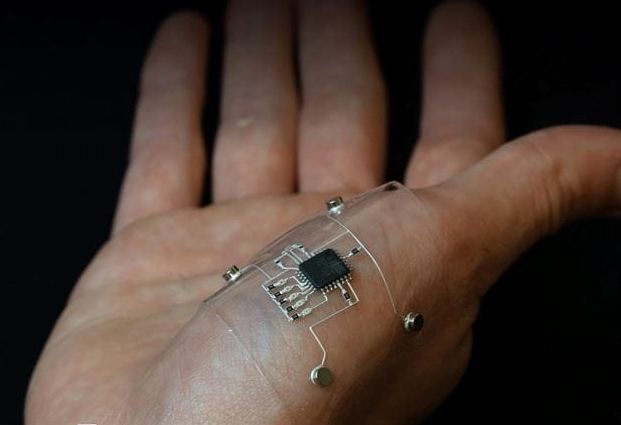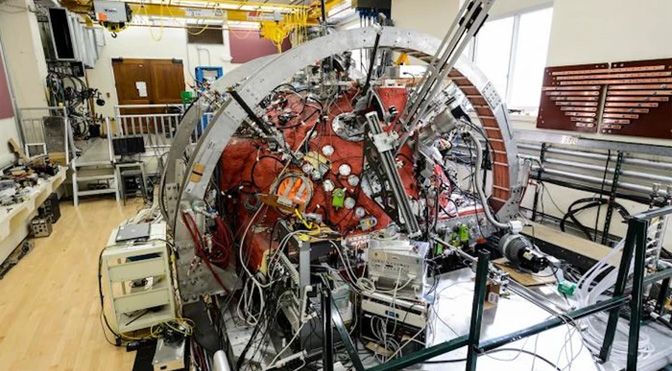Construction progressing at fast clip at 1,210-acre Google site in Tahoe Reno Industrial Center just east of Reno-Sparks.




We sought to determine whether pre-eclampsia, spontaneous preterm birth or the delivery of infants who are small for gestational age were associated with the presence of bacterial DNA in the human placenta. Here we show that there was no evidence for the presence of bacteria in the large majority of placental samples, from both complicated and uncomplicated pregnancies. Almost all signals were related either to the acquisition of bacteria during labour and delivery, or to contamination of laboratory reagents with bacterial DNA. The exception was Streptococcus agalactiae (group B Streptococcus), for which non-contaminant signals were detected in approximately 5% of samples collected before the onset of labour. We conclude that bacterial infection of the placenta is not a common cause of adverse pregnancy outcome and that the human placenta does not have a microbiome, but it does represent a potential site of perinatal acquisition of S. agalactiae, a major cause of neonatal sepsis.

A technique called Hybrid 3D Printing, developed by AFRL researchers in collaboration with the Wyss Institute at Harvard University, uses additive manufacturing to integrate soft, conductive inks with material substrates to create stretchable electronic devices. A potential application is to create sensors to enable better human performance monitoring. (Courtesy photo/Harvard Wyss Institute)
https://www.wpafb.af.mil/…/afrl-harvard-researchers-invent…/
¬

In the premiere of the HBO/BBC miniseries Years and Years, two parents are worried. Their teenage daughter Bethany has been hiding behind a 3D animated emoji mask and has scheduled a talk with them. Trying to figure out what they’re up against, they sneak a peek at her internet searches. When they discover that she’s been searching for information about being trans, they’re relieved; they can handle a transgender child.
Except when it comes time for their talk, Bethany tells her parents she’s transhuman and that she wants to “live forever as information.” The show represents transhumanist technology and aspirations, many of which revolve around upgrading and digitizing the human body, as a movement that will bring positive, negative, and downright confusing implications, ultimately changing the human race. The real question is what exactly that means. Humans opened the Pandora’s box of merging technology and biology a long time ago, and we’re now speeding head-on into the consequences, despite not knowing what humanity will become.
Bethany’s “coming out” scene hinges on the fact that the changes she desires are far more dangerous—and, for her parents, far more difficult to stomach—than gender reassignment. Bethany’s excitement at escaping the mortal coil brims with typical teenage naïveté: “Transhumans are not male or female, but better,” she tells her parents. For Bethany, that means no longer being human. “I will be data!” she enthuses.

The sun is easy to spot in the sky, and it’s not very far away in astronomical terms. So, scientists have spent a great deal of time studying our local life-giving star. However, the sun is also a nuclear inferno that will eradicate any people and most robots that get too close. To study the star up close, researchers at the University of Wisconsin-Madison built a miniature sun. They call it the Big Red Ball (BRB), and it could help us understand some fundamental solar processes.
Like most main sequence stars, the sun is a giant ball of hydrogen massive enough to sustain a nuclear fusion reaction. The hydrogen fuses into helium, and helium eventually fuses into heavier elements as stars exhaust their fuel. The sun still has plenty of life left, so it’s mostly hydrogen with about one-quarter helium.
The BRB uses helium to create analogous conditions to those on the sun, but without all that pesky nuclear fusion. As experiments have shown, it’s extremely difficult to maintain nuclear fusion on Earth. The BRB is a hollow sphere almost ten feet (three meters) in diameter. The team filled that space with helium gas (which again is a major component of the sun) and ionized it with microwave heating to form a sun-like plasma. Powerful magnets confine the plasma, and an electrical current causes the miniature sun to spin a bit like the real one.
Circa 2018
One of the main factors limiting the life of satellites is how much propellant they can carry to execute orbital corrections. Now scientists in Spain have come up with a propellantless propulsion system that also doubles as an electric generator. Using the Earth’s magnetic field interacting with a 2-km long aluminum tether, the system could be used to dispose of space debris and boost the orbit of the International Space Station (ISS).

We study the condensation of closed string tachyons as a time-dependent process. In particular, we study tachyons whose wave functions are either space-filling or localized in a compact space, and whose masses are small in string units; our analysis is otherwise general and does not depend on any specific model. Using world-sheet methods, we calculate the equations of motion for the coupled tachyon-dilaton system, and show that the tachyon follows geodesic motion with respect to the Zamolodchikov metric, subject to a force proportional to its beta function and friction proportional to the time derivative of the dilaton.

Future satellites could make their way deeper into space than ever before thanks to a new plasma-fueled thruster.
The new thruster, built by engineers at the Princeton Plasma Physics Laboratory, could open up a whole new realm of scientific research, according to a Princeton press release. That’s because the thruster could finally give the tiny satellites called CubeSats the ability to move between the upper and lower bounds of orbit — a spectacular leap toward comprehensive orbital infrastructure.